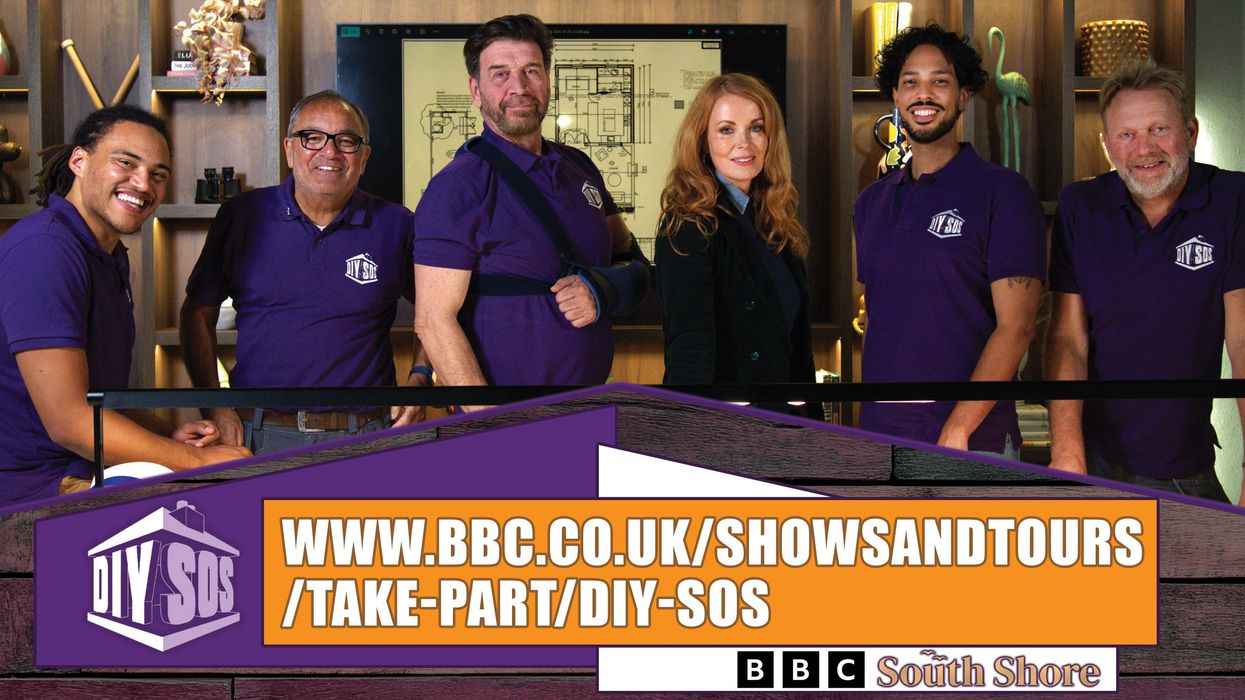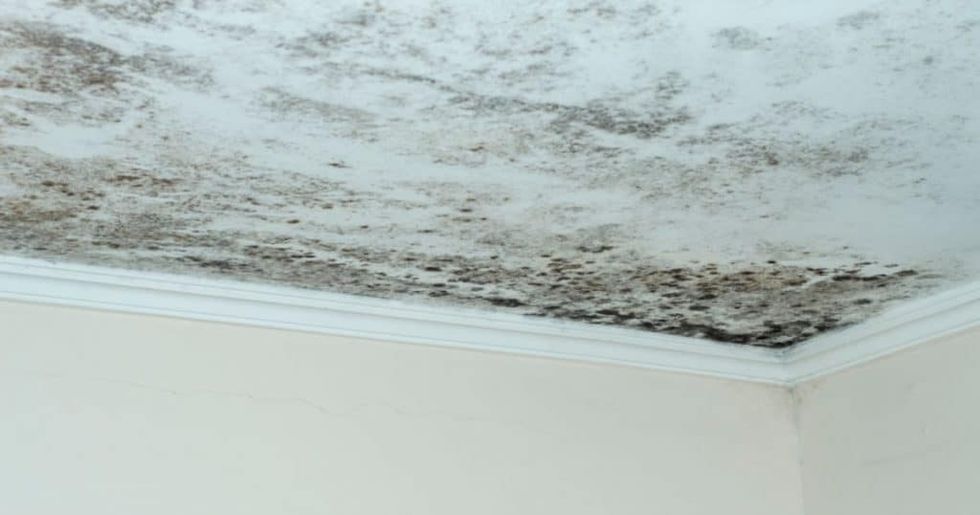When it comes to decorating or renovating a home, one of the key decisions is choosing the right material for your walls. Wall panelling and tiles are two popular options, both with their own advantages and drawbacks. Each offers different aesthetic, practical, and budgetary benefits. But how do you choose between the two? In this article, we'll explore the differences and help you decide which option is best for your home.
What is Wall Panelling?
Wall panelling is a decorative technique where wall panels made from wood, MDF, plastic, or other materials are installed on walls. It’s often used to add texture or warmth to a room and comes in many styles, from modern and sleek to traditional and ornate.
What are Tiles?
Tiles are typically flat pieces of ceramic, porcelain, stone, or glass that are fixed to walls or floors using adhesive. Most commonly used in kitchens and bathrooms, tiles come in a wide range of designs, sizes, and finishes.
Aesthetics
One of the main reasons people choose either wall panelling or tiles is the look they want to achieve in their space.
Wall Panelling: Wall panelling can add a cosy, rustic charm to any room. It’s particularly popular in living rooms, hallways, and bedrooms. Wood panelling, for example, creates a warm, homely atmosphere, while sleek, modern panels can give a more contemporary feel. Panelling also provides the opportunity to create unique designs by mixing materials, colours, and textures. It is highly customisable and works well in various interior styles, from vintage to industrial.
Tiles: Tiles, on the other hand, are often chosen for their sleek, polished appearance. They're especially effective in kitchens and bathrooms, where they offer a clean, fresh look. With a huge variety of colours, patterns, and textures, tiles can suit any style, whether you prefer a minimalist look or something more extravagant. They reflect light beautifully, which can brighten up smaller spaces, and some materials, like marble or glass, can add a luxurious touch.
Durability
Both wall panelling and tiles can be durable, but they perform differently in certain environments.
Wall Panelling: The durability of wall panelling depends largely on the material used. Wood panelling, for example, is prone to damage from moisture and may warp over time if placed in humid areas like bathrooms. MDF (Medium Density Fibreboard) is cheaper than wood but may not last as long. However, some types of plastic or PVC panelling are waterproof and more suitable for moisture-prone areas. While panelling is generally long-lasting, it can be prone to scratches or dents, especially in high-traffic areas.
Tiles: Tiles are known for their durability, especially ceramic and porcelain varieties. They're highly resistant to scratches, moisture, and stains, making them a great choice for areas like kitchens, bathrooms, and even outdoor spaces. Stone tiles, while elegant, may require more maintenance to prevent wear. Tiles, however, can crack if heavy objects fall on them or if they aren’t installed properly. But overall, tiles are a low-maintenance, long-lasting option for wall coverings.
Installation Process
Wall Panelling: Installing wall panelling can be relatively simple, especially for DIY enthusiasts. The panels are often cut to size and can be attached directly to the wall using adhesive or screws. Depending on the material and complexity of the design, the installation process can be quick and easy. However, for intricate designs, professional help might be needed, and the cost of materials like wood can push the budget higher.
Tiles: Tiling, on the other hand, can be a bit more challenging to install, especially for larger areas. It often requires precise measurements, the application of adhesive, and grouting to fill the gaps between tiles. If the wall is uneven, additional prep work may be needed to get a smooth surface. Tile installation is often better left to professionals, particularly if you want a high-quality, long-lasting finish. This can make the installation process more time-consuming and expensive.
Maintenance
Wall Panelling: Wall panelling generally requires minimal maintenance. Dusting and occasional wiping with a damp cloth is usually sufficient to keep it clean. However, if you're using wood panelling, you may need to re-seal or varnish it every few years to protect it from wear and tear. Plastic or PVC panels, especially in bathrooms, are easy to wipe down and are more resistant to moisture and stains.
Tiles: Tiles are even easier to maintain, particularly glazed ceramic or porcelain options. Regular cleaning with mild soap and water is all that’s needed to keep them looking fresh. Grout lines between tiles may require more attention, as they can discolour over time, especially in areas with high humidity. Stone tiles may need sealing to prevent staining, but overall, tiles are known for their easy upkeep.
Cost
The cost of wall panelling and tiles can vary widely depending on the material and style you choose.
Wall Panelling: Wall panelling can range from affordable MDF options to more expensive materials like hardwood. The cost of installation is usually lower than that of tiles, especially if you’re handy with DIY.
Tiles: Tiles can also be inexpensive or expensive, depending on the type. Ceramic and porcelain tiles are generally affordable, but natural stone or glass tiles can cost significantly more. The installation cost for tiles tends to be higher, as it often requires professional expertise.
Conclusion: Which is Better?
The choice between wall panelling and tiles ultimately depends on your needs, budget, and the look you want to achieve. If you’re after a cosy, warm aesthetic, wall panelling might be your best bet. It's easy to install and can transform a room quickly. For a sleek, modern, and highly durable finish, tiles are a strong choice, especially in areas like kitchens and bathrooms. Ultimately, both materials offer unique advantages, and the right one for you will depend on your specific circumstances.


















